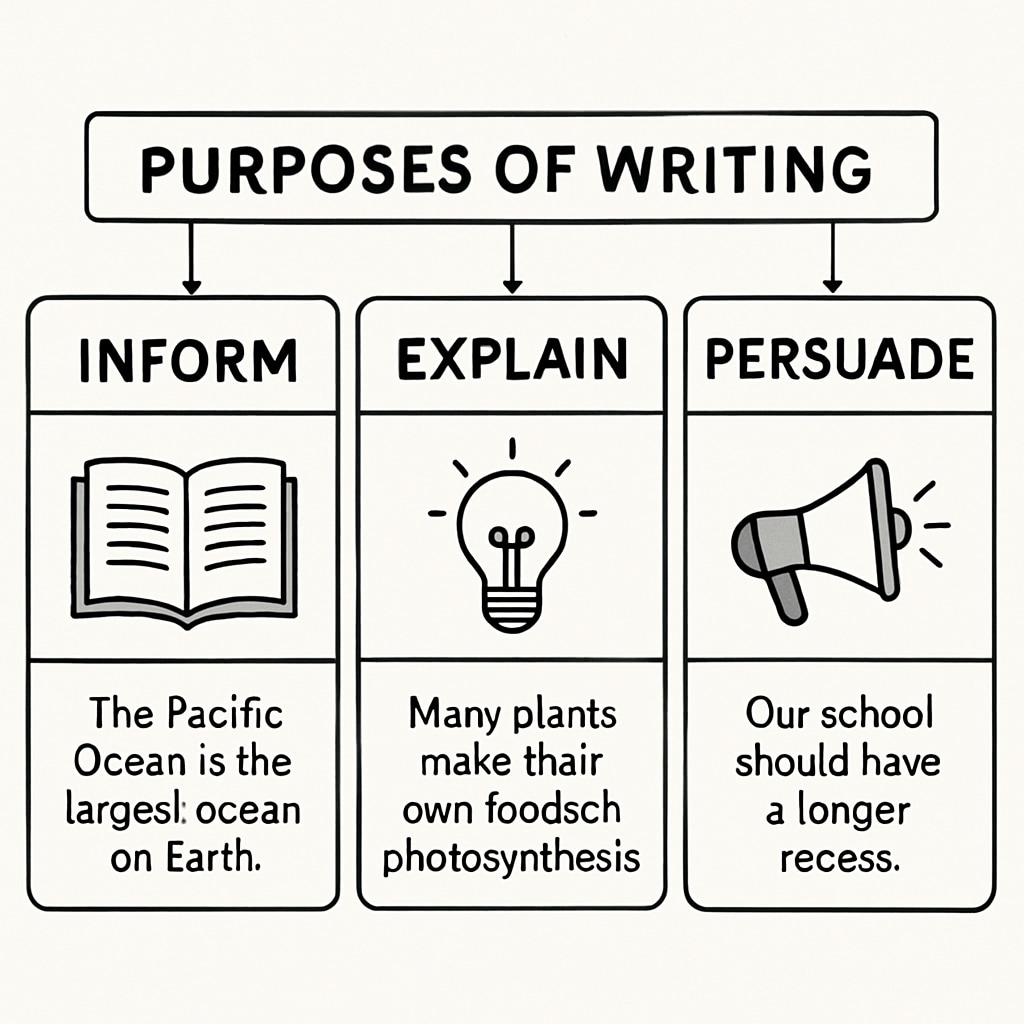One of the most common challenges students face in the Functional Skills English Reading exam is accurately identifying the text purpose. Whether the text is meant to inform, explain, or persuade, understanding its primary intention is critical for achieving success in this exam. This article delves into practical strategies and techniques to help learners master this essential skill and boost their confidence.
What Is Text Purpose and Why Does It Matter?
Text purpose refers to the author’s reason for writing a specific passage or document. Recognizing the purpose helps readers understand what the text is trying to achieve, whether it is to share information, explain a process, or convince the audience to take action. In the Functional Skills English Reading exam, questions on text purpose are common and are designed to test your ability to decode underlying intentions and effectively interpret meaning.
Broadly, text purposes can be categorized into three main types:
- Inform: Texts designed to convey facts, data, or knowledge. Examples include news articles, reports, and manuals.
- Explain: Texts aimed at clarifying concepts, processes, or events. These typically include how-to guides, FAQs, or instructional materials.
- Persuade: Texts crafted to influence opinions, beliefs, or actions. Advertisements, opinion pieces, and campaign speeches fall under this category.

How to Identify Text Purpose Effectively
To determine the purpose of a text, consider the following steps:
- Analyze the Language and Tone: Informative texts typically use neutral and factual language. Persuasive texts often employ emotional appeals, rhetorical questions, and strong opinions. Explanatory texts focus on clarity and step-by-step instructions.
- Examine the Structure: Informative texts may include headings, bullet points, and statistics. Explanatory texts are often organized sequentially. Persuasive texts frequently feature arguments, counterarguments, and calls to action.
- Identify Key Words and Phrases: Look for specific words that indicate the author’s intention. For example, words like “facts” or “data” suggest information, while “should” or “must” signal persuasion.
- Consider the Context: Think about where the text is published and its target audience. A government leaflet may aim to inform citizens, while a charity advertisement is likely to persuade individuals to donate.
By applying these strategies, learners can better decipher text intentions and improve their overall reading comprehension.
Common Pitfalls and How to Avoid Them
Despite best efforts, some students struggle with identifying text purposes due to the following common mistakes:
- Overlooking the Audience: Forgetting to consider the intended readers can lead to misinterpretation.
- Ignoring Subtle Clues: Some texts blend multiple purposes, making it crucial to spot nuanced hints.
- Relying Solely on Content: While the content is essential, the text’s structure and tone also play a significant role in conveying purpose.
To overcome these challenges, practice with diverse reading materials and focus on analyzing context, language, and structure.

Practical Tips for Exam Success
Here are some actionable tips to help you excel in the Functional Skills English Reading exam:
- Familiarize Yourself with Text Types: Study various examples of informative, explanatory, and persuasive texts to recognize their unique traits.
- Practice Past Papers: Review previous exam questions to understand common patterns and improve your skills.
- Use Elimination: If unsure, rule out options that don’t align with the tone, language, or structure of the text.
- Stay Calm: During the exam, take your time to read carefully and focus on identifying key clues.
By consistently practicing and applying these strategies, you can improve your ability to identify text purposes and enhance your overall performance.
Conclusion: Mastering text purpose identification is a vital skill for success in the Functional Skills English Reading exam. By focusing on language, tone, structure, and key clues, learners can confidently navigate this challenging aspect of the test and achieve their academic goals.
For further guidance, explore resources such as Reading Comprehension on Wikipedia and English Language on Britannica.


